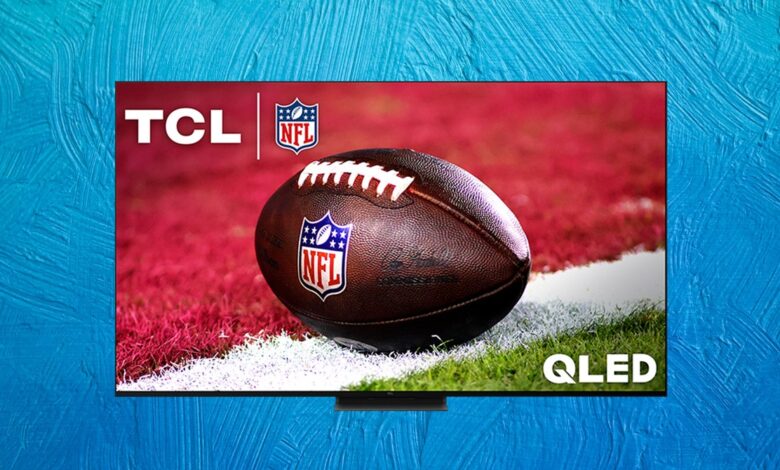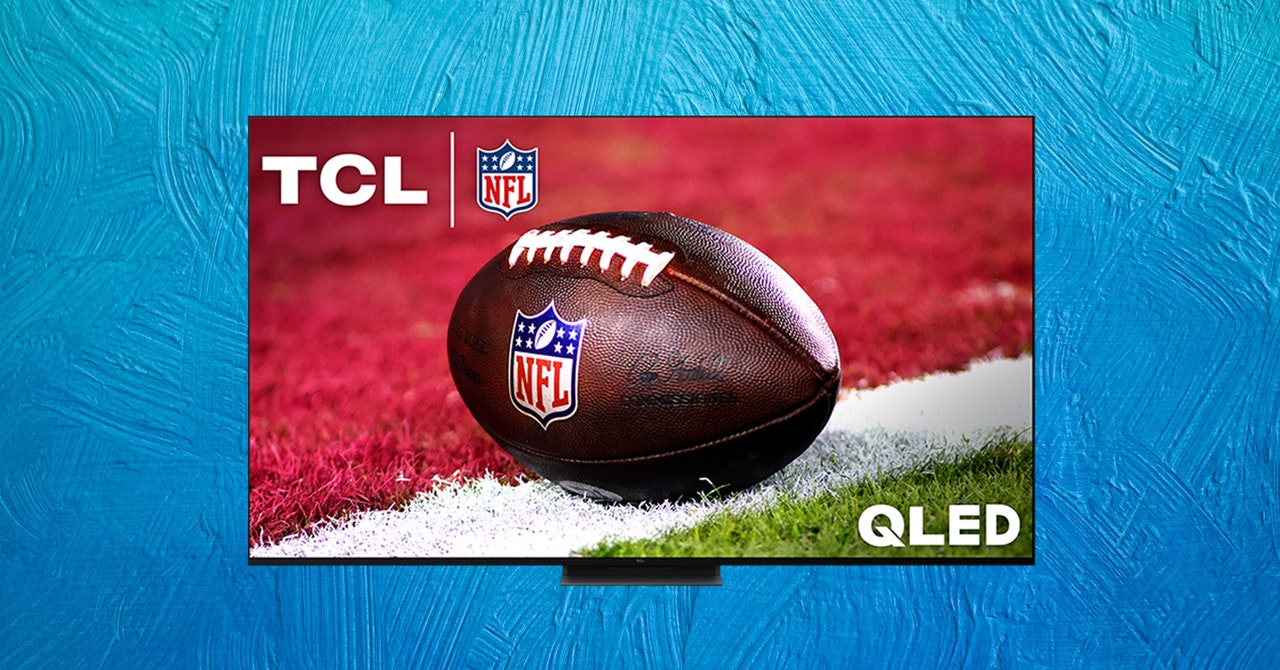TCL QM8 Review: A TV That Scratches the Projector Itch


Since the beginning of broadcast, TV brands have been battling for technological supremacy. They were all expensive. From initial tube models to plasmas, LED, and now Mini LED and OLED, you used to have to pay an arm and a leg for a large screen that looked good. (Unless you wanted it in a Michael Scott dinner-party size, of course.)
These days, you really don’t have to pay that much. Enthusiasts can shell out for 8K resolution or OLED displays with perfect black levels at extreme sizes, but most people who are just streaming movies, sports, or video games can get a great viewing experience with a mid-tier option like this TCL QM8. Unless you’re hoarding an epic 4K Blu-ray collection in the basement or hosting a massive server with lossless rips, you probably won’t see much of a difference.
Folks ask me all the time whether they should buy a projector, and the fact is that TVs like this one now compete on size, but offer a much better picture that’s much easier to set up and use. If you want a big screen experience at home, start here.
Easy Going
Getting started with TCL’s flagship model is just as simple as with any more affordable TCL, which is to say it’s dead simple. You unbox the screen (ranging in size from a manageable 65-inch to a gargantuan 98-inch), place it facedown on a table or padded flat surface of capable size, and attach the included pedestal mount. Depending on which size you have, this might take two people or three or four, but it’s really not that hard. If you’re wall mounting, make sure you mount it to a stud, or several. This isn’t a light TV.
I personally enjoy the fact that the QM8 model isn’t as thin as higher-end TVs from LG, Samsung, and others. It makes it easier to carry and mount without feeling like I’m going to bend it in half, especially at the larger 85-inch size of our review unit.
Photograph: Parker Hall
Plugging in the TV and popping a pair of batteries into the lengthy rectangular remote, you’ll find yourself greeted by the Google TV interface, which quickly enables Android users and Google account owners to log in to a smorgasbord of streaming services. If you can’t find it here, it’s probably pretty shady. (You can also cast using the TV’s built-in Google Chromecast and AirPlay functionality.)
Other devices are extremely easy to setup with the TV too. I plugged in a soundbar, the KEF LS50 Wireless II (8/10, WIRED Recommends); my computer; and a Nintendo Switch (8/10, WIRED Recommends), and all of them performed flawlessly. Especially impressive is the 144-Hz refresh rate at 4K and 1440p resolutions with really low (sub-10-millisecond) input lag for instant onscreen action. It made playing fast-paced games like Assetto Corsa Competizione and F1 2023 particularly gorgeous when sim racing via my PC.
Source link




